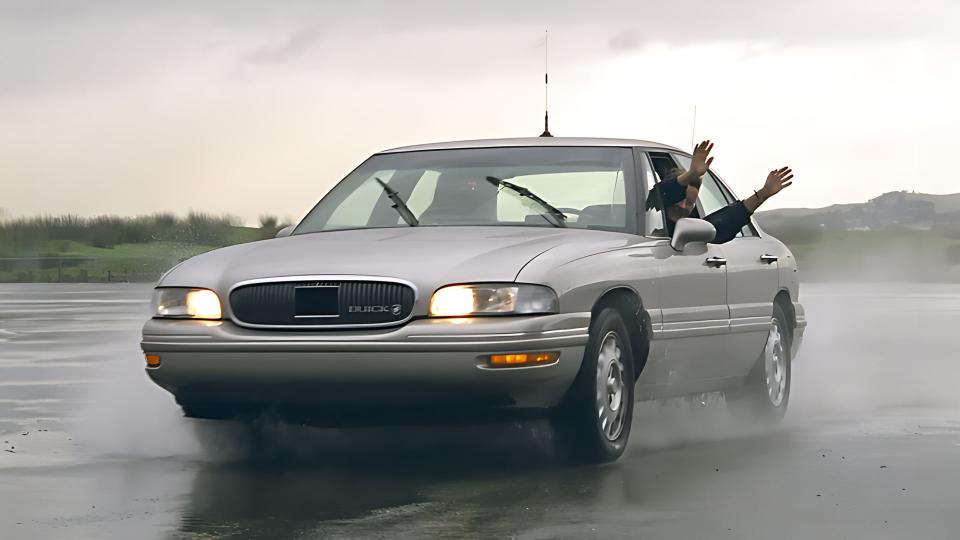Early Driverless Cars Used Underground Magnets to Test in California 25 Years Ago

Self-driving cars are the future—or, at least that's what you'll hear from key players like Waymo, Cruise, and the pack of carmakers spending billions on hands-free personal transportation. It isn't a new concept, though. The idea of self-driving cars can be traced all the way back to the turbine-powered 1956 Pontiac Firebird II concept, and it's only grown from there.
Perhaps even more interesting is the huge government-backed infrastructure investment in autonomous cars trialed in the 1990s. No, we're not talking about the DARPA Grand Challenge—it's an even earlier event that helped pave the way for today's in-car driver assistance tech. Nowadays, that tech is about convenience, but in the '90s, the idea was to use driverless tech to increase safety and decrease road traffic using now-rudimentary equipment like magnets and low-definition cameras.


It begins all the way back in 1991. The U.S. Congress passed the Intermodal Surface Transportation Efficiency Act of 1991, a $155 billion initiative that funded highways, transportation safety, and mass transit through 1997. Part of the act, however, required the Department of Transportation to "develop an automated highway and vehicle prototype" so that the "first fully automated roadway [would be] in operation by the end of 1997" to help curb the growing problem of surface transport traffic congestion.
By 1994, the National Automated Highway System Consortium was formed to help tackle that task. The consortium was comprised of nine different entities: Bechtel, the California Department of Transportation, Carnegie Mellon, General Motors (including its subsidies, Delco Electronics and Hughes Electronics), Lockheed Martin, Parsons Brinckerhoff, and UC Berkeley's California Partners for Advanced Transportation Technology program.
Ultimately, California was chosen as the testbed for this project, and over the next three years, the NAHSC would work to build a demonstrative prototype of an Automated Highway System capable of "hands-off, feet-off" driving.

The NAHSC claimed a 7.6-mile stretch of highway on I-15 in California—specifically, a segmented HOV lane where cars would be segregated from normal traffic. Multiple vehicle types and technologies would need to be supported. Several companies and schools identified ways that the vehicles could steer themselves along the roadway, and modifications to the section of I-15 began in June 1996.
For starters, there was the Ohio State University Center for Intelligent Transportation Research. CITR tested two Honda Accords that were developed and tested at the Transportation Research Center in Marysville, Ohio. The Hondas were outfitted with laser range finders, optical cameras, and radars which would center the vehicle in the lane using reflective strips. These strips were fit to a section of I-15 for the test.


https://www.youtube.com/watch?v=ycz-e6w4dMo




 Yahoo Autos
Yahoo Autos 